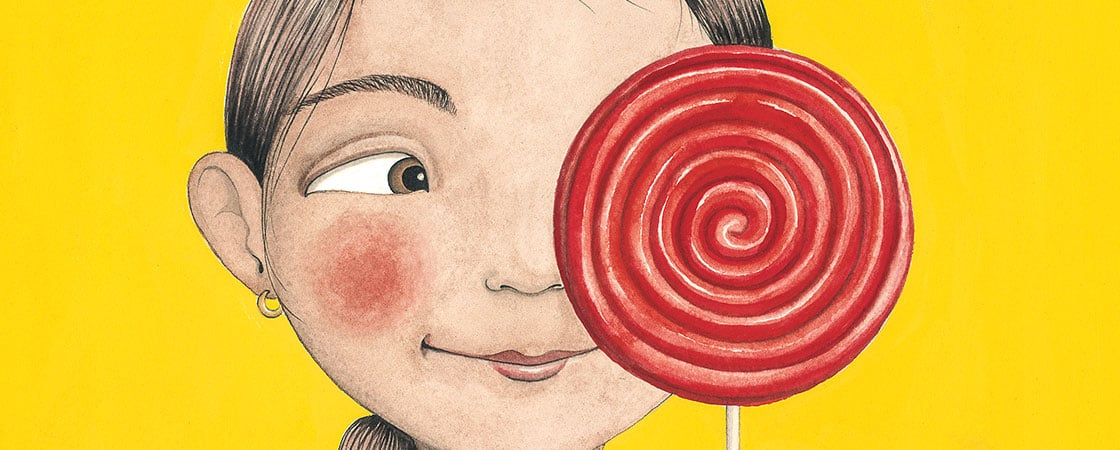I’m so excited I run all the way home from school.
“Ami! I’ve been invited to a birthday party! There’s going to be games and toys, cake and ice cream! Can I go?”
Sana screams, “I wanna go too!”
Ami says, “What is a birthday party?”
“It’s when they celebrate the day you were born.”
“Why do they do that?”
“They just do! Can I go?”
Sana screams, “I wanna go too!”
“I can’t take her! She’s not invited.”
“Why not?” says Ami.
“They don’t do that here!”
Ami says, “Well, that’s not fair. You call up your friend and ask if you can bring Sana, or else you can’t go.”
“But Ami! They’ll laugh at me! They’ll never invite me to another party again!”
Sana screams, “I wanna go too!”
I say, “Look, Sana, one day you’ll get invited to your own friends’ parties. Wouldn’t you like that better?”
“No! I wanna go now!”
I beg and plead, but Ami won’t listen. I have no choice. I have to call. Sally says, “All right.” But it doesn’t sound all right. I know she thinks I’m weird.

